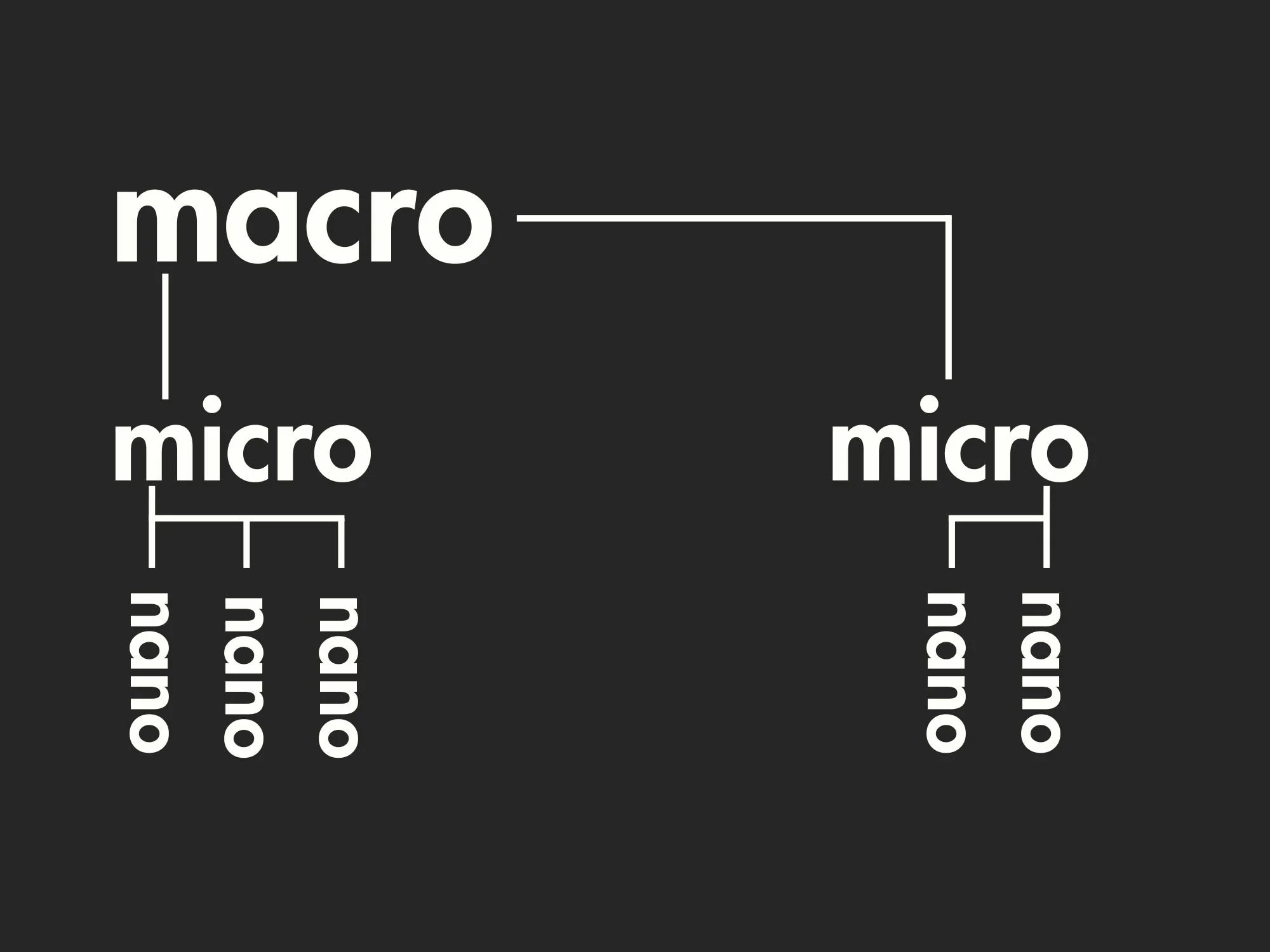Big Crazy Goals Are Easy (if you reverse engineer them)
Reverse engineering goals makes stuff tiny and way easier. Because you don’t get to the top of a mountain in one fell swoop; you get there by taking one small step at a time.
Breaking down goals into smaller ones is a logical way to get things done. But be warned, it doesn’t solve focus or motivation problems.
It creates a map for you to follow. But you still need to take action.
This sounds way obvious, but I only mention it because it was a problem for me when it came to many productivity hacks—lots of planning, but still no action.
I would learn new ideas and get excited. But I never actually implemented the ideas. I would talk about the methods and even make content about them. But I dragged my feet to actual do them.
So I decided to actually really try this whole reverse engineering thing. This post shares my process so you can copy exactly what I’m doing.
Let’s reach some big crazy goals together.
Table of Contents
What Does Reverse Engineering Goals Mean?
Reverse engineering goals is breaking down a larger goal into its smaller component pieces.
It takes thinking backwards to discover the micro and nano steps required to meet a big crazy goal.
When you create the structure of a big vision, you understand how the different pieces of it all work together.
You basically create a map, which shrinks any big vision you have into tiny stress-free steps to take.
Reverse Engineering Goals—Some Benefits
Feel less overwhelmed, like your vision is more attainable
Pinpoint the most important areas and steps to focus on
Know exactly what you need to do next
Boost your consistency and more sustainable habits
Big goals become more realistic
Become more patient
Reverse Engineering Goals (my process)
[Step 1] Define the Macro
What’s your big main vision?
For me (and the example I’ll be using for this post), it’s growing my personal brand around the things I love and align with—which are music, art, travel, design and video.
But the thing is, I do have a head start with my personal brand.
I’ve been blogging since around 2021 and creating content, vlogs, music and more. But I was scattered and ultimately ended up with 3 different sites and multiple accounts.
None of my efforts manifested into growth or a clear brand (much less any money).
So I’m revamping everything with a clear vision (step one here) and then reverse engineering it into actionable steps. I’m taking you on that journey.
So what’s your big vision?
If you’re not sure, here are some questions to ponder:
Where do you see yourself in 1 year? How about 5 years?
What’s your ideal dream life look like?
What would make your younger self proud of you?
What are your passions and values?
If you could do anything, what would you do?
What’s something you would love to do (or have), but don’t believe it’s possible?
Explore more:
➤ Have Too Many Hobbies? Read This
[Step 2] Identify the Micro
The next step is to break down your core goal into smaller micro ones.
What key things need to happen for you to reach your big vision?
For me (growing my personal brand), that’s:
Finish more music
Make more art
Refresh content on my website + write new posts
Blend everything together for aesthetic YouTube videos
Update my branding and messaging to be totally cohesive
Each of these five things represent a micro goal needed to be met for my vision to come to fruition.
Without these things, my big crazy goal cannot happen.
But it’s worth noting that even if I only meet a couple of my micro goals, I’ll be making serious progress. And sometimes, as you work towards your main goal, other opportunities and pivots happen.
Don’t feel bad if you’re led to something else unexpected in your pursuits. Stay the course, but also stay open to new ideas.
[Step 3] Clarify the Nano
The nano are the super tiny goals required to reach each micro goal.
Here’s what that looks like in my personal brand example:
Finish more music
Write songs
Record them
Release/upload songs
Make more art
Brainstorm new ideas that represent my brand
Buy more canvases and supplies
Finish new pieces
Upload and share new work
Turn best work into prints
Refresh website content
Update old blog posts to be on-brand
Create new content sharing my journey
Make YouTube videos
Brainstorm ideas
Script a core video
Record and edit the video
Create the thumbnail, description and title
Upload the video and monitor performance
Update branding and messaging
Update website and accounts to be cohesive and on-brand
Each of those nano goals can be broken down even further.
For example, writing and recording songs is full of tiny little steps and goals.
Also, for my case, a lot of my micro goals spill into each other. That is, I’ll be using my music in my YouTube videos, so writing the songs is actually foundational to my YouTube videos vision.
It’s all personal. Just try to break things down into a clear map that makes sense for you and your vision.
[Step 4] Identify Bottlenecks
Bottlenecks are things that prevent you from reaching your goals. They slow down your process and turn nano goals into big ones.
For example, writing and recording songs is relatively easy for me because I’ve been doing it since I was in middle school. I know all the tiny little steps and nuances like second nature (more or less).
If you realize in your reverse engineering that one of your nano goals actually requires some skill building first, don’t feel bad about going back to tweak things.
Maybe learning that skill needs to actually be a core micro goal.
[Step 5] Do Stuff
None of this work matters if you never take action. And believe me, I’ve been guilty of armchair creating my life, for sure.
So this is probably the most important step. Actually, you can pretty much ignore everything else I said (or anyone for that matter).
If you just take intentional action and periodically assess along the way, you’ll be ahead of 99% of people who overthink, over-plan and never take any steps forward.
So schedule time to pursue your nano goals. Use systems or creative workflows if you need to, but just get started (and then don’t stop).
Alright, that’s all I’ve got for you here.
Later ✌️
Want More? Nice. Here’s More.





